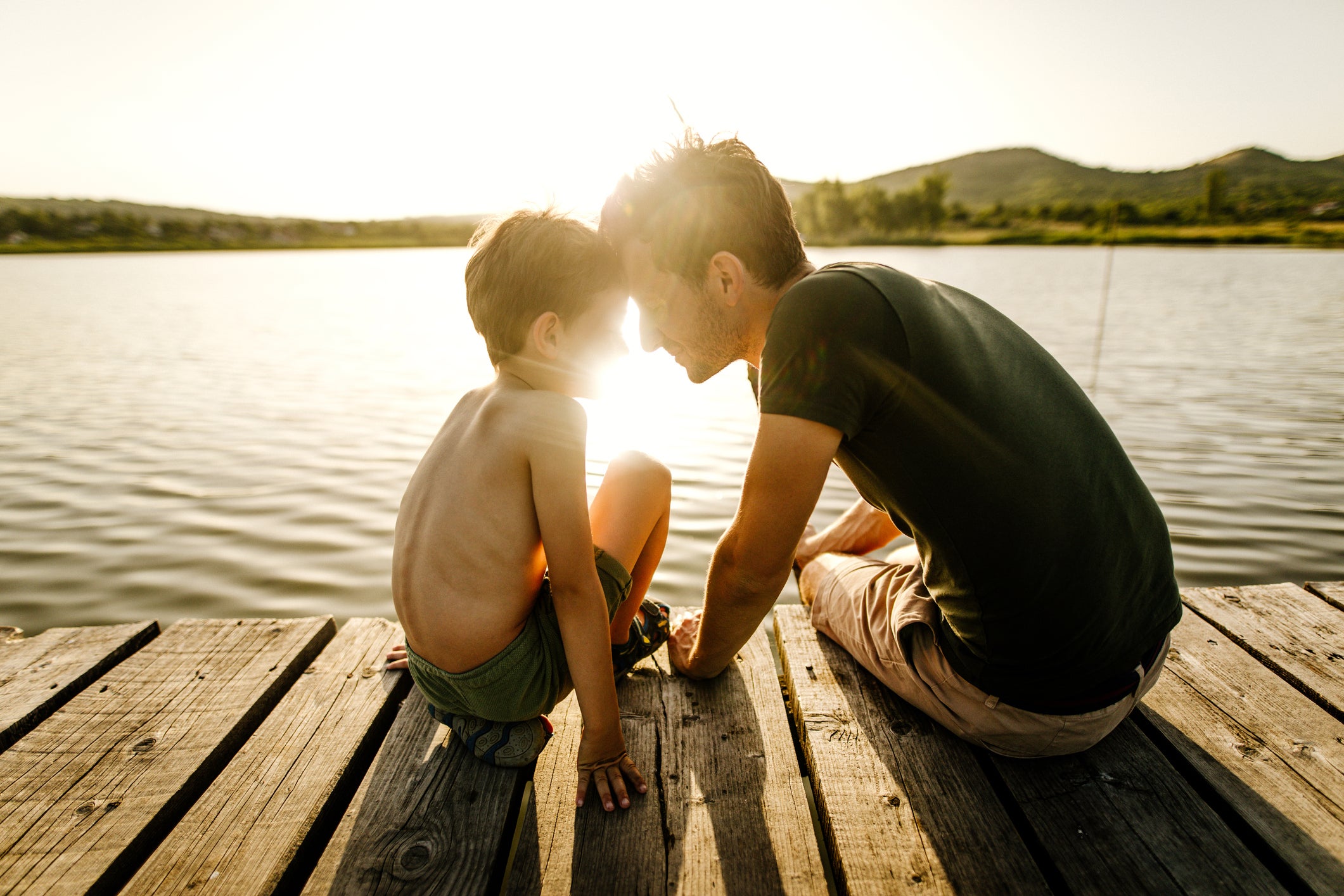National Childhood Cancer Awareness Month

Did you know that September is National Childhood Cancer Awareness Month? It was so designated to bring awareness to childhood cancer, which is the leading cause of death by disease for children in the United States under 14. It’s also a time to honor those with pediatric cancer, as we continue to search for a cure.
- At least 175,000 children are diagnosed with cancer each year. Because of advances in treatment, more than 80% of those children survive their cancer. In fact, there are about 420,000 adults in the United States who are childhood cancer survivors.
- What causes pediatric cancer? Childhood cancer causes aren’t fully understood. The common theory is that cancer-causing genetic changes occur by chance. In about 8% of cases, babies are born with genetic risk factors.
- Cancers that develop in children are different than those found in adults. Though in some rare cases children can develop cancers normally seen in adults, the most common childhood cancers are:
- Leukemia: The most common childhood cancer, accounting for about 34% of cases. Typically occurs between 2 and 4, more commonly in males.
- Brain and Spinal Cord Tumors: Spinal cord tumors are rare; brain tumors typically start in the lower parts of the brain.
- Neuroblastoma: Typically starts younger than 5 years old.
- Wilms Tumor: Usually found in very young children, uncommon over age 6.
- Lymphoma: Hodgkin lymphoma is rare in children younger than 5, non-Hodgkin lymphoma is more common, but rare under 3.
- Rhabdomyosarcoma: Affects skeletal muscles, commonly in kids under 5.
- Retinoblastoma: Eye cancer, generally diagnosed before age 3.
- Bone Cancer: Usually occurs in teens.
- Symptoms of childhood cancers are often overlooked. Cancer’s early warning signs can be masked by common illnesses or everyday bumps and bruises. It’s crucial for parents to be aware of the warning signs and remain vigilant for signs of childhood cancer, which include:
- Leukemia: Bone and joint pain, fatigue, weakness, bleeding, fever, and weight loss.
- Brain Tumors: Headaches, dizziness, balance problems, vision, hearing, or speech problems, frequent vomiting.
- Neuroblastoma: Impaired ability to walk, changes in eyes, including bulging, dark circles, and droopy eyelids, pain in different parts of the body, diarrhea, and high blood pressure.
- Wilm’s Tumor: Swelling or lump in the belly, fever, pain, nausea, poor appetite.
- Lymphoma: Swollen lymph nodes in the neck, groin, or armpit, weight loss, fever, sweats, and weakness.
- Bone Cancer: Bone pain, often growing worse at night or with activity, swelling.
If you’re planning to have kids, it’s important to know how to spot signs of cancer in children. At the Center for Vasectomy Reversal, we love helping people build their families. Under the direction of Dr. Joshua Green, our team provides state-of-the-art treatment for men who need a reversal of their vasectomy or have other fertility concerns. To learn more, contact us through our website, or call 941-894-6428 for a free consultation.
Recent Posts
Popular Posts
categories
- Uncategorized
- Sperm Retrieval
- vasectomy reversal
- Emergency
- Dr. Green
- sperm count
- fertility
- male infertility
- MESA
- medical care
- low sperm count
- IVF
- male fertility testing
- anesthesia
- pregnancy
- sperm aspiration
- semen analysis
- post-vasectomy pain syndrome
- infertility
- VE
- anti-sperm antibodies
- older dad
- general anesthesia
- gender reveal party
- post-operative infections
- baby name
- parent
- baby's first year
- fertilization process
- spinal anesthesia
- ACS Fellow
- nutrition tips
- concierge-level care
- fertility planning app
- azoospermia
- out-of-town patients
- V-V
- post-vasectomy reversal
- conceiving
- vasectomy
- vasoepididymostomy
- smoking
- sperm quality
- baby registry
- infographic
- surgical care
- surgical consultation process
- prostate cancer
- baby gender
- family time
- COVID
- Baby Shower
- Child Care
- Halloween Costume Ideas for Babies
- Halloween
- Halloween Safety Tips
- Celebrity Infertility Spotlight
- Postpartum
- testosterone
- Father's Day
- Father
- Men's Health
- Thanksgiving
- Pregnancy Announcement
- Parenting Tips
- Sperm
